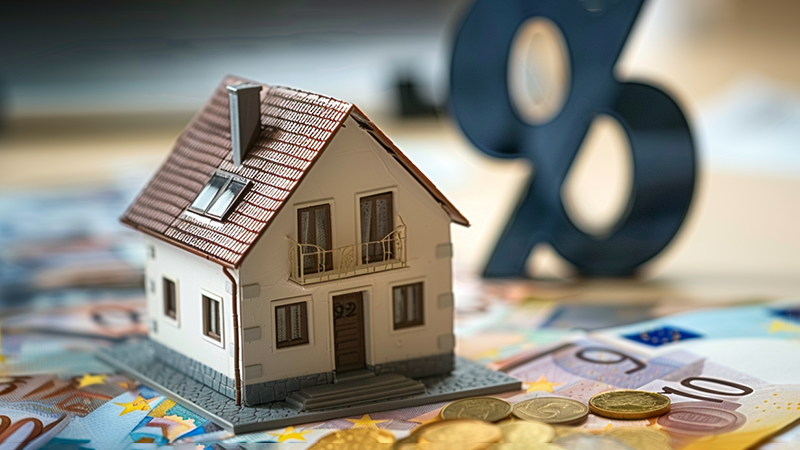What is the Real Estate Adjustment Coefficient?
The adjustment coefficient is a factor used by appraisers to refine the valuation of a property. Based on specific features of the property and its location, this coefficient adjusts the base value to make the estimate more realistic and reflective of the true market value.
A property’s market value represents the estimated amount it could be sold for, assuming both buyer and seller are informed, knowledgeable, and acting freely. Having an accurate valuation is therefore essential to protect the interests of both parties.
What Does the Adjustment Coefficient Do?
The coefficient helps customize the estimate by considering aspects such as construction quality, location, and additional features like elevators or heating systems.
In fact, there are often multiple adjustment coefficients—one for each aspect evaluated—to ensure that the valuation is as close as possible to the real market conditions.
The formula typically used to calculate a property’s market value is:
Commercial area of the property × Price per square meter of the area × Adjustment coefficients = Estimated market value
This approach ensures that every valuation reflects the unique characteristics of the property and the local market, providing
a more precise and reliable estimate.

What Are the Main Adjustment Coefficients in Real Estate Valuation?
Calculating the adjustment coefficient isn’t a one-size-fits-all process—it varies greatly depending on factors like the property’s condition and its view.
For example, an apartment with a sea view in Argentario will have a different coefficient than one overlooking an inner courtyard in Livorno.
The main criteria that appraisers use to determine adjustment coefficients include:
• Rental status – Vacant properties are valued at 100%, while short-term or leased properties may have a value reduction of 5–20%.
• Property location – Apartments on higher floors can see a value increase of up to 20% due to their prime location. Conversely, ground-floor or lower-floor units may face a reduction of around 10%, depending on whether there’s an elevator.
• Property condition – Value varies according to condition. Properties needing renovation may see a 10% decrease, while well-maintained, renovated, or newly built properties can see increases of up to 15%.
• Exposure and natural light – Bright, sunlit properties can increase in value by 10%, whereas poorly lit units may drop by up to 5%.
• View – Panoramic views can add up to 10%, while less desirable views (e.g., internal courtyards) may reduce value by 10%.
• Building age – Buildings 1–20 years old typically have no adjustment. Well-maintained buildings 20–40 years old may get up to a 10% increase, while poorly maintained ones may see a reduction of 5–15%.
• Heating type – Properties with independent heating can increase in value by 5%, while lack of heating may reduce value by 5%.
Practical Example of Using Adjustment Coefficients
Let’s take a property with these features:
• Location: Siena
• Area: Historic Center
• Size: 100 sqm
• Exposure: South
• Building age: over 40 years, in good condition
• View: Internal
• Heating: Centralized
If the base price in Siena’s historic center is €3,500 per sqm, the base value of the property is €350,000.
Applying the relevant adjustment coefficients:
• +10% for south exposure
• 0% for building age
• -5% for internal view
• 0% for centralized heating
Adjusted market value = €350,000 +10% +0% -5% +0% = €365,750
How Do Adjustment Coefficients Affect the Final Valuation?
Adjustment coefficients can significantly impact a property’s market price. In a constantly changing real estate market, the ability to fine-tune valuations ensures both sellers and buyers make decisions based on fair, current values.
As the example shows, coefficients can either lower or increase a property’s market value. Positive features like renovations or prime exposure can boost the price, while less desirable traits may decrease it.
At Hasamia, our real estate agents use adjustment coefficients to provide accurate valuations, combining traditional expertise with digital innovation.
This approach ensures transparent transactions, optimizing results for both sellers and buyers.
Get an instant online valuation of your property in just a few clicks with Hasamia!




